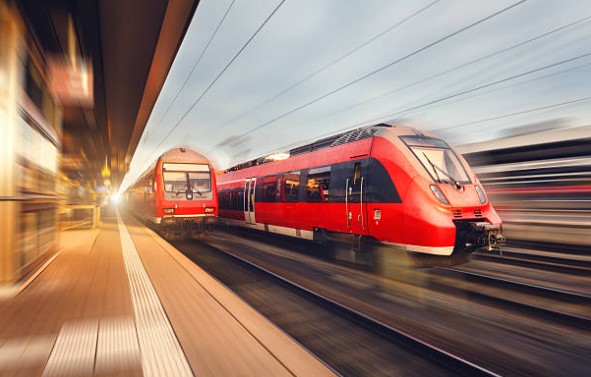Beyond Tracks: Environmental Stewardship on the German Railway Network

Germany, a country known for its precision engineering and commitment to sustainability, extends its green ethos to the very veins of its transportation network – the railways. Join us as we embark on a journey through the lush landscapes and sustainable practices that define the German Railway system (DB information). Let’s delve into the initiatives that make German rail travel an environmentally conscious choice.
Greening the Rails
The German Railway system, a marvel in itself, goes beyond just connecting destinations; it fosters a commitment to environmental stewardship. The tracks crisscrossing the nation are not just conduits for efficient travel but also pathways to a greener future. Here’s a glimpse into how Germany has seamlessly merged modern transportation needs with eco-friendly practices.
1. Eco-Friendly Infrastructure
German railway information reveals a strategic investment in eco-friendly infrastructure. The stations, often architectural gems, incorporate sustainable design elements. Many are equipped with solar panels, rainwater harvesting systems, and energy-efficient lighting. The aim is not just to facilitate travel but to do so with a minimal ecological footprint.
2. Electrifying the Tracks
One of the standout features of the German Railway network is its extensive electrification. Electrified tracks not only contribute to faster and quieter travel but also significantly reduce carbon emissions. This shift away from diesel-powered trains aligns with Germany’s commitment to transitioning towards cleaner energy sources.
Sustainable Practices in Motion
Beyond stationary initiatives, the trains themselves play a crucial role in shaping a sustainable travel experience. The journey becomes an opportunity to appreciate not only the picturesque landscapes but also the innovative practices that unfold within the carriages.
1. Waste Reduction and Recycling
German trains prioritize waste reduction and recycling. Waste bins for different types of waste are strategically placed, and passengers are encouraged to segregate their trash. This not only minimizes the environmental impact of travel but also promotes a culture of responsible waste disposal.
2. Energy-Efficient Travel
Traversing through Germany by train offers more than just breathtaking views. The rolling stock is designed with energy efficiency in mind. From regenerative braking systems that capture and reuse energy to state-of-the-art train designs focused on reducing air resistance, every aspect is fine-tuned for a sustainable journey.
Your Ticket to Sustainable Adventure
Armed with this German railway information, your journey becomes more than a simple commute. It transforms into an opportunity to contribute to the preservation of the environment. Here are some tips to make your travel even more eco-friendly:
- Opt for Off-Peak Travel: Choose times when trains are less crowded to contribute to energy efficiency.
- Explore Regional Routes: Discover the beauty of Germany beyond major cities by opting for regional routes, often serviced by eco-friendly trains.
- Choose Eco-Friendly Accommodations: Extend your commitment to sustainability by selecting eco-friendly accommodations near railway stations.
READ ALSO: Greening the Chat: How Environmental Initiatives Enhance Private Messaging Platforms
Conclusion
As we’ve uncovered, the German Railway system is not just about reaching your destination; it’s about the journey, the landscapes, and the commitment to environmental sustainability. The tracks are not merely steel lines connecting cities; they are pathways to a greener future. So, next time you board a train in Germany, remember, that you’re not just a passenger; you’re a steward of the environment.

